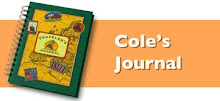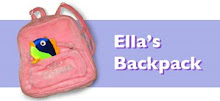
Today Cole and I took a 90-minute bus ride to the town of Oswiecim. Renamed Auschwitz by the Germans, it is the site of the biggest, most notorious concentration camp in the Nazi system. I wasn’t sure it would be the most appropriate thing for Cole (at ten years old), but we were able to tailor the visit just enough that I think it was an excellent history lesson. It’s hard to know what to write after visiting such a powerful memorial. We all studied the holocaust in school, but visiting this site certainly gives a whole new perspective. I was amazed at the sheer size of the camp. Besides Auschwitz I, there’s Auschwitz II (or Birkenau as it’s known), Auschwitz III (Monowitz), and numerous other sub camps in the area. Built near a key railway junction, Auschwitz I was originally a Polish army base. Composed of 28 buildings, the Germans quickly outgrew the space and started work on Birkenau. With 425 acres behind two rows of electric barbed wire fence, Birkenau had 300 buildings capable of holding up to 200,000 prisoners at one time.
From the very beginning, everything the prisoners learned was a lie. Most arrived convinced that they had been deported for resettlement in Eastern Europe. The Nazis sold them one-way train tickets, non-existent plots of land, and promised solid jobs. This also convinced them to bring a suitcase of their most valuable possessions (all of which got sorted and sent back to Germany). When they arrived, 70-75% were classified unfit for work and sent immediately to the gas chamber. Told by the SS that they would first be allowed a bath, 2,000 victims at a time would be led to the large shower rooms, rooms in which no water lines were ever connected. Everything was designed to eliminate mass panic and keep everything a secret. For those lucky enough to earn work duty, a band played as they marched to and from their 12-hour shift.
We obviously learned (and saw) a lot more of the details about what went on here. And even though much of the camp was destroyed by the retreating Germans, plenty still remains intact. As you glance through these photos, just imagine them full of prisoners. By the time Auschwitz was liberated by the Soviets on January 27, 1945, well over 1 million people had died.


















